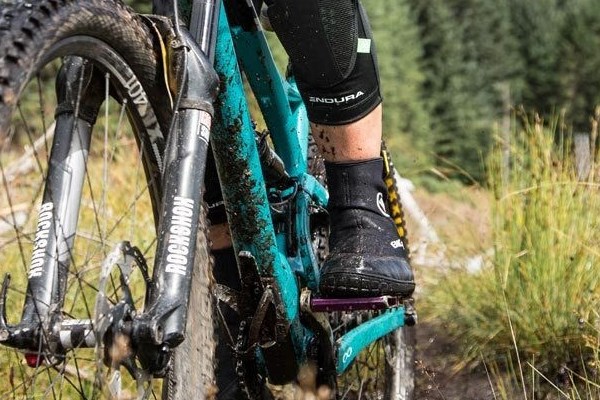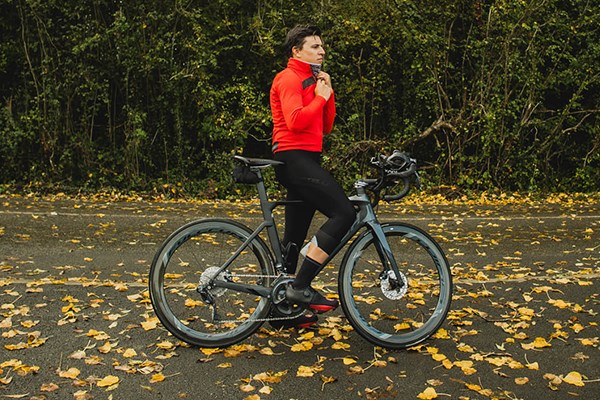Overshoes are covers for your cycling shoes. They are mostly used to protect your shoes from the elements and to keep your feet dry. There are many different types of cycling overshoes for many different styles of cycling and cyclist.
There are shoe covers for deep winter riding, shoulder season riding and even aerodynamically conscious road racers. They are mainly made for cyclists who use a clipless shoe with a cleat, though now there are some overshoes for flat and normal shoe riders. Mountain bikers can now benefit from the weather protection offered by an overshoe. Below we look at some of the features they offer.
Material
Seasonal overshoes
At the thinnest end, there are the Aero overshoes used during a time trial, they are made from ultra-thin and lightweight PU backed lycra designed to create smooth airflow over your shoes and lower shin. For spring and autumn riding, PU backed lycra or nylon are water-resistant and give protection from chilling winds and road spray, sometimes with a fleece backing to improve warmth. Winter cycling needs something more substantial, neoprene is a common material used during winter, the same material used for wetsuits, it gives great warmth even when wet, though it is not strictly waterproof it does take a substantial amount of water to soak the material. Neoprene overshoes give the best protection from the cold and the rain.

Fit
From Aero to Deep Winter
Aero overshoes and oversocks will be very tight-fitting, to conform to the contours of the shoe and give the smoothest fit with no flapping material. A winter overshow will give a little more room though all are a snug fit. Mountain bike overshoes are generally larger as some are now made for the more casual and much larger flat pedal shoe. An overshoe made for clipless shoes will have a hole in the sole to give room for the cleat, while those made for flat pedals will have a much larger area exposed to keep a good feel on the pedal. Overshoes are generally sized according to your shoe size, please see the sizing tab for more information.
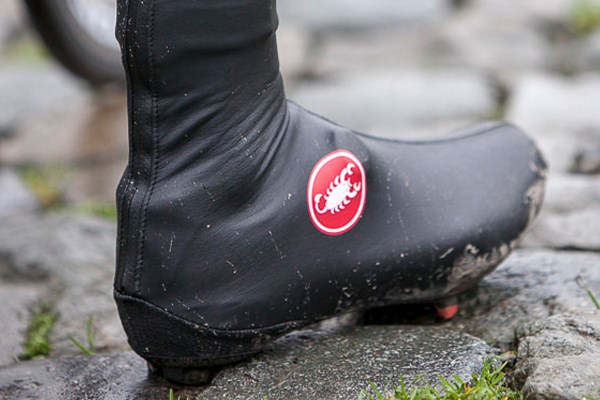
Toe covers
Toes covers are a simple and effective solution for when the temperature starts to drop and your toes are getting cold and numb in summer shoes. They can be made from PU backed Lycra or insulating and waterproof neoprene. As they are small they are easily packed away to fit in a saddle bag or jersey pocket, but they are substantial enough to wear for the full duration of the ride. Reflective areas add visibility at night and make a great addition to any road cyclists kit bag.
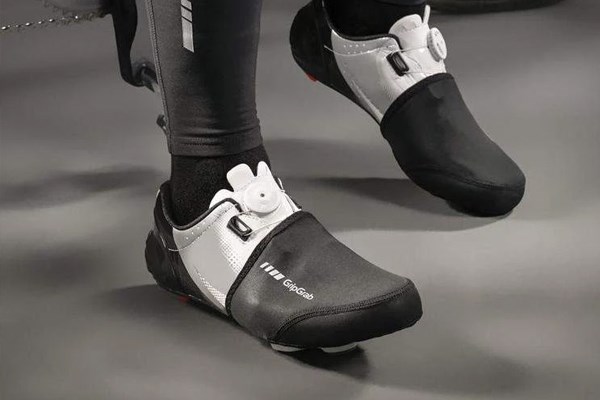
Oversocks
Oversocks were originally simply that, large socks that were pulled over the shoe as a cheap way to protect from dirt and grime picked up on rougher roads. Now they are still fabric, but specifically designed for road shoes. often made from nylon with elastane, they help keep your shoes clean from road grime and therefore help the shoe last longer through spring, summer and autumn. They are a cheap and simple solution that is still used by many pros.
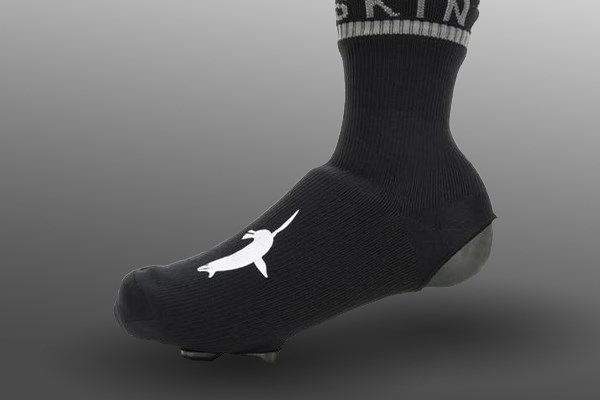
Overshoes for Road riders
Warm and Fast
Overshoes are more commonly used by road cyclists, the nature of an overshoe lends itself to road cyclists and road shoes. They are tight and form-hugging as a road shoe has a smooth sole, this makes it easier for the overshoe to conform to the shape. A road shoe will barely be used for walking in, often an overshoe will only have a cut out for the cleat and a small area on the heel allowing contact with the ground. They can be used to gain an aero advantage, to keep the shoes from getting dirty or with deep winter overshoes, allow riding and training right through the worst of the weather.

Overshoes for Mountain Bikers
Protection from the elements
Some overshoes are designed for Mountain bike shoes, though predominantly clipless shoes. Mountain biking has a lower average speed than road cycling so there is no need for aerodynamic thin shoe covers, though the neoprene deep winter overshoes are greatly appreciated on the trails. MTB overshoes expose more of the sole, allowing the tread to contact the ground as mountain bikers will spend more time walking than road riders. There are now even dedicated flat pedal overshoes that allow flat pedal riders the same insulation and water-resistance as clipped riders.
